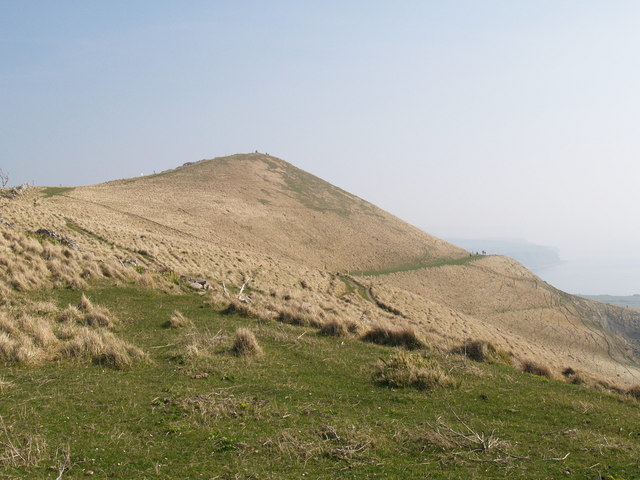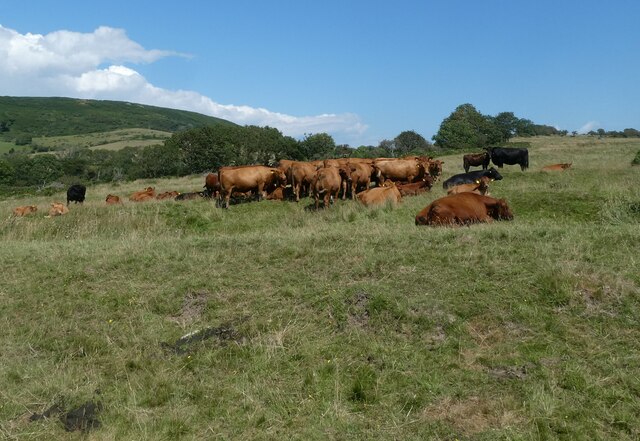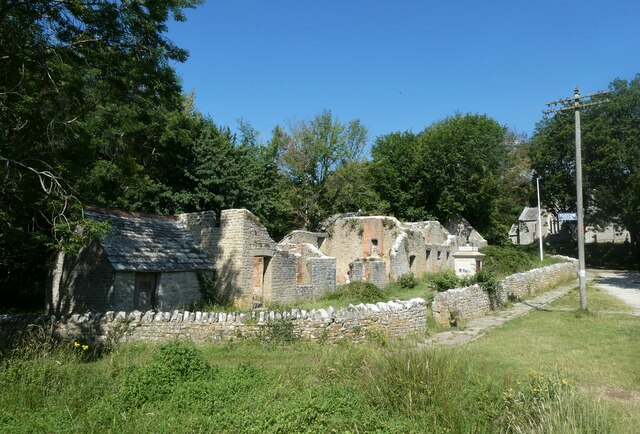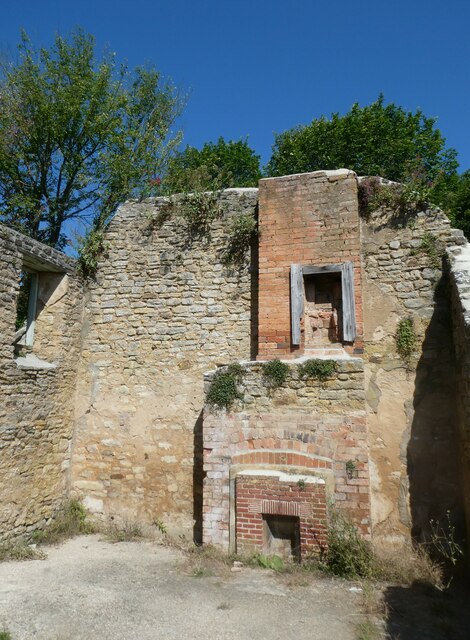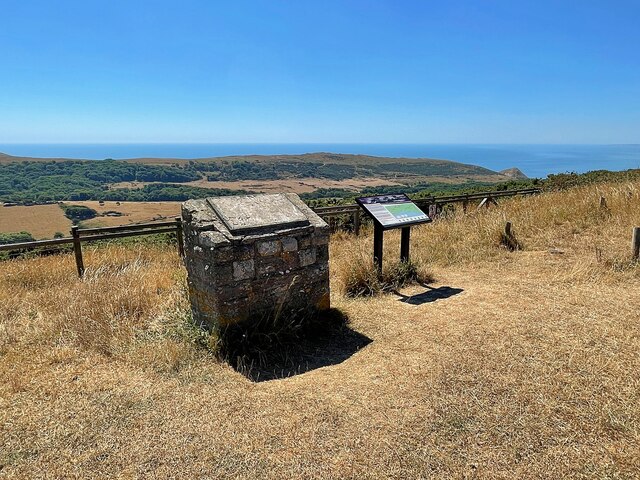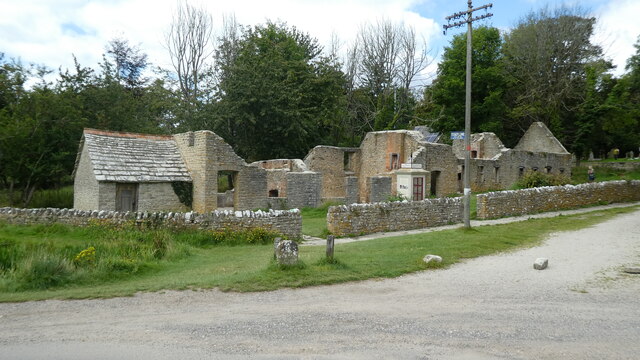Steeple with Tyneham
Civil Parish in Dorset Purbeck
England
Steeple with Tyneham
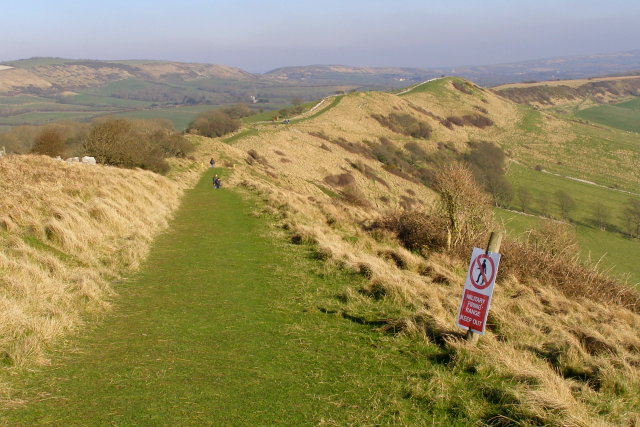
Steeple with Tyneham is a civil parish located in the county of Dorset, England. It is situated within the Isle of Purbeck, an area known for its scenic beauty and rich history. The parish covers an area of approximately 15 square kilometers and is home to a small population.
Steeple with Tyneham is characterized by its picturesque countryside, rolling hills, and charming rural villages. The parish is renowned for its natural beauty, with stunning landscapes that attract visitors and nature enthusiasts alike. Many visitors come to explore the nearby chalk downs and coastal areas, which offer breathtaking views and a diverse range of flora and fauna.
One of the notable features of Steeple with Tyneham is the abandoned village of Tyneham. During World War II, the village was evacuated by the military in order to use the land as a training ground. Although the villagers were promised that they could return after the war, the village remained deserted and has since become a poignant reminder of the impact of war on rural communities. Today, the village is maintained by the Ministry of Defence and is open to the public on specified days, allowing visitors to explore the preserved houses and gain insight into the lives of the former residents.
Steeple with Tyneham offers a tranquil and idyllic setting, with its unspoiled landscapes and historic village. It is a place where visitors can immerse themselves in nature and experience a glimpse of the past, making it a popular destination for those seeking a unique and authentic English countryside experience.
If you have any feedback on the listing, please let us know in the comments section below.
Steeple with Tyneham Images
Images are sourced within 2km of 50.635101/-2.149928 or Grid Reference SY8981. Thanks to Geograph Open Source API. All images are credited.

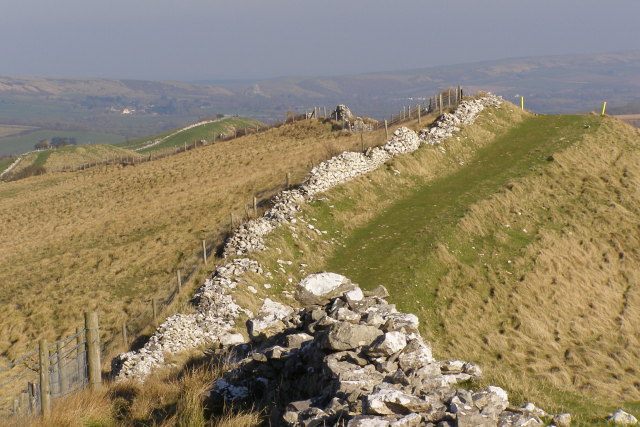
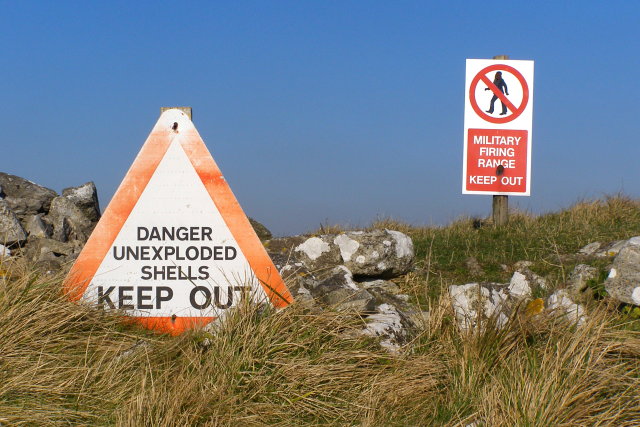
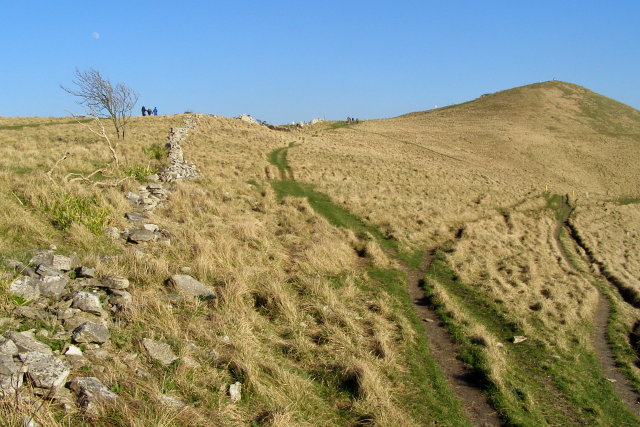
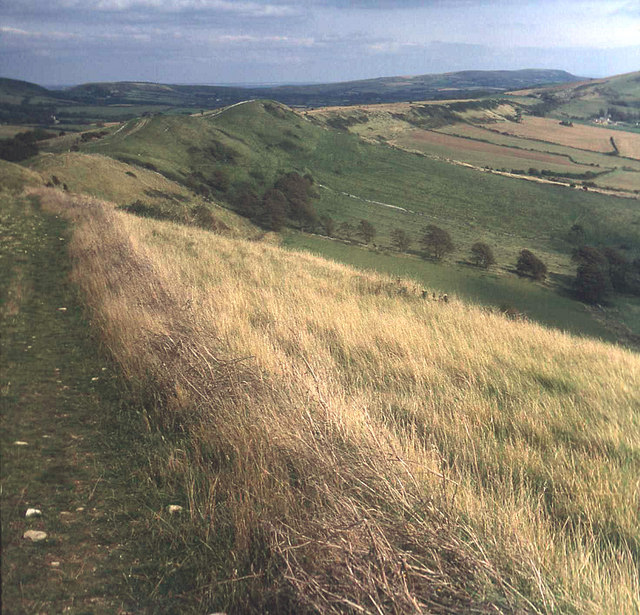



Steeple with Tyneham is located at Grid Ref: SY8981 (Lat: 50.635101, Lng: -2.149928)
Administrative County: Dorset
District: Purbeck
Police Authority: Dorset
What 3 Words
///snowy.latched.linguists. Near Wareham, Dorset
Nearby Locations
Related Wikis
Povington Hill
Povington Hill, at 198 metres (650 ft) high, is one of the highest points on the chain of the Purbeck Hills in south Dorset on the southern coast of England...
Povington Priory
Povington Priory was a Benedictine priory in Tyneham, Dorset, England. It was established as an alien priory of the Abbey of Bec. This term could mean...
Lulworth Ranges
The Lulworth Ranges are military firing ranges located between Wareham and Lulworth in Dorset, England. They cover an area of more than 2,830 hectares...
Creech Grange
Creech Grange is a country house in Steeple, south of Wareham in Dorset at the foot of the Purbeck Hills. Historic England designate it as a Grade I listed...
Steeple, Dorset
Steeple is a hamlet and former civil parish, now in the civil parish of Steeple with Tyneham, in the Purbeck district of the English county of Dorset....
Grange Arch
Grange Arch, also known as Creech Folly, is an 18th-century folly that is located near the second highest point of the Purbeck Hills, Ridgeway Hill (199...
St Mary's Church, Tyneham
St Mary's Church is a former Church of England parish church in Tyneham, Dorset, England. The church, which is a Grade II listed building, has 13th-century...
Tyneham
Tyneham is a ghost village abandoned in 1943 and former civil parish, now in the parish of Steeple with Tyneham, in the Dorset district, in the south of...
Nearby Amenities
Located within 500m of 50.635101,-2.149928Have you been to Steeple with Tyneham?
Leave your review of Steeple with Tyneham below (or comments, questions and feedback).
